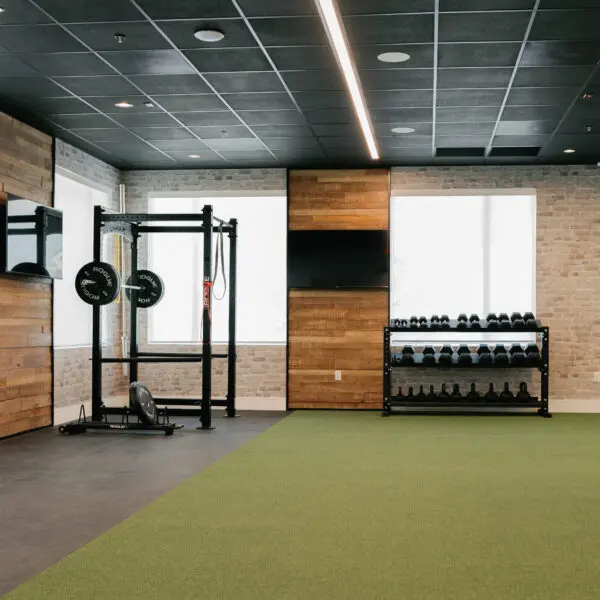When it comes to injury prevention, flexibility and mobility, nothing beats stretching. If you haven’t incorporated a regular stretching routine into your workout (yet), here are five common questions and answers you may have:
1) Choose Your Type – Static vs. Dynamic Stretching?
There are two basic types of stretching protocols: static stretching and dynamic stretching. Static stretching involves holding a stretch or pose for an extended period of time (ie, 30 seconds, 1 minute, or longer). With dynamic stretching, you don’t hold stretched positions; rather, you go through full ranges of motion with active movements like leg and arm swings, often doing sets and reps of a movement (ie, 1 or 2 sets of 20 reps) like you would with resistance training.
Dynamic stretching used to be considered dangerous and an injury risk, but in the last couple decades it has become a very effective training tool for competitive athletes and serious weight-lifters for increasing strength, power, and performance. That said, static stretching is beneficial for virtually everyone, whereas dynamic stretching could still be risky for older individuals, those with pre-existing injuries, and anyone who’s not accustomed to intense, explosive movements.
If you’re an athlete and want to use both types of stretching, strength and conditioning experts generally recommend doing dynamic stretching before intense workouts and practice sessions and saving static stretching for afterward workouts.
2) How Often Should You Stretch?
Stretching is the type of activity, similar to low-impact cardiovascular exercise, that can and should be performed frequently – daily, if possible. We’re talking specifically about static stretching here. Because it’s a low-intensity activity where the muscles are lengthening instead of contracting, there’s little if any recovery time needed.
Plus, flexibility is one of the easiest components of fitness to improve; you can literally increase range of motion in a given joint within days through stretching. However, anything that’s easy to gain is also easy to lose. You can lose joint flexibility just as fast as you can gain it, which is why it’s best to stretch often (daily).
3) How Long Should You Stretch?
Stretching every day may sound like a chore, but keep in mind that your routines don’t have to be long. Even stretching for just 5 minutes a day can provide dramatic benefits to your quality of life and joint health. And your stretching routine doesn’t have to work every major joint every day. If you’re doing a lower body workout, just do a lower body stretching routine that day; if it’s an upper body day, just do a few upper body stretches.
If you’ve got some extra time to spare, go through a full-body routine where you’re stretching the major joints and muscles of the body – namely, the hips (glutes, hamstrings, quadriceps), knees (hamstrings, quadriceps), shoulders (deltoids, pecs/chest, and upper back), elbows (biceps, triceps), and torso (core muscles). This type of routine can be completed in as little as 15 minutes.
4) How Long Should You Hold Each Stretch?
A good rule of thumb is to hold each static stretch for at least 30 seconds. Some stretching routines like yoga call for even longer holds, upwards of one to two minutes (or more). However, if you’re just starting out and feeling a lot of discomfort when stretching, ease your way into it with shorter 5-10-second stretches and progress to longer holds as your muscles adapt to the routine and the pain and discomfort subside. If you’re only able to hold stretches for short periods, do multiple “sets” of stretches where you hold for 5 to 10 seconds, rest as long as needed, and then repeat for 3 to 5 sets. It’s always best to start with short holds and work your way up.
5) How to Ensure Safety While Stretching?
Even though stretching is considered a relatively safe form of exercise, it’s not without some risk. You can injure a muscle if you stretch it too far, especially if you’re just starting an exercise routine.Yes, stretching will often cause some discomfort, but you should never force a stretch. Go to the point where you’re just feeling the muscles stretch, then stop and hold it there. A little bit of discomfort is okay; sharp pain is not.














